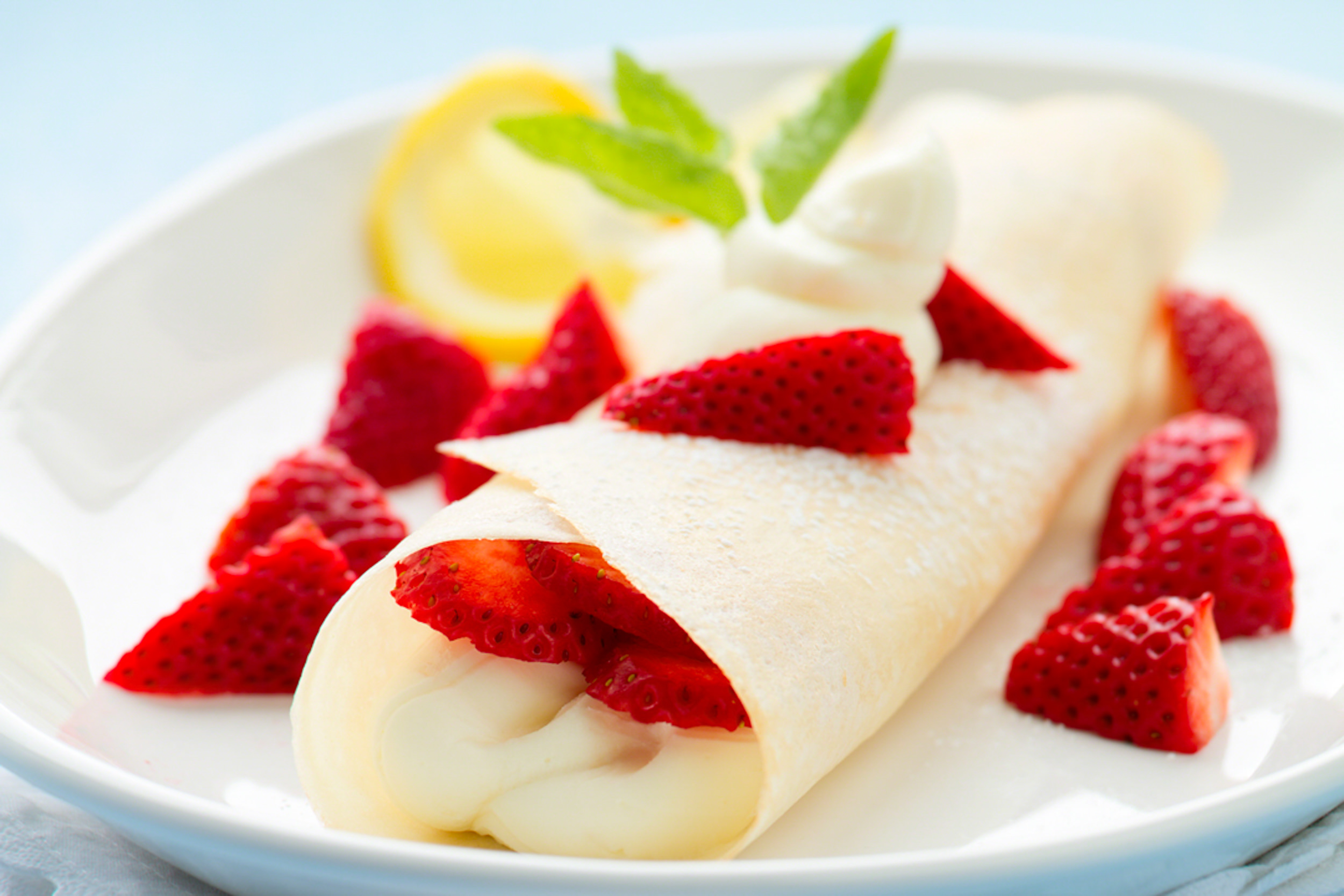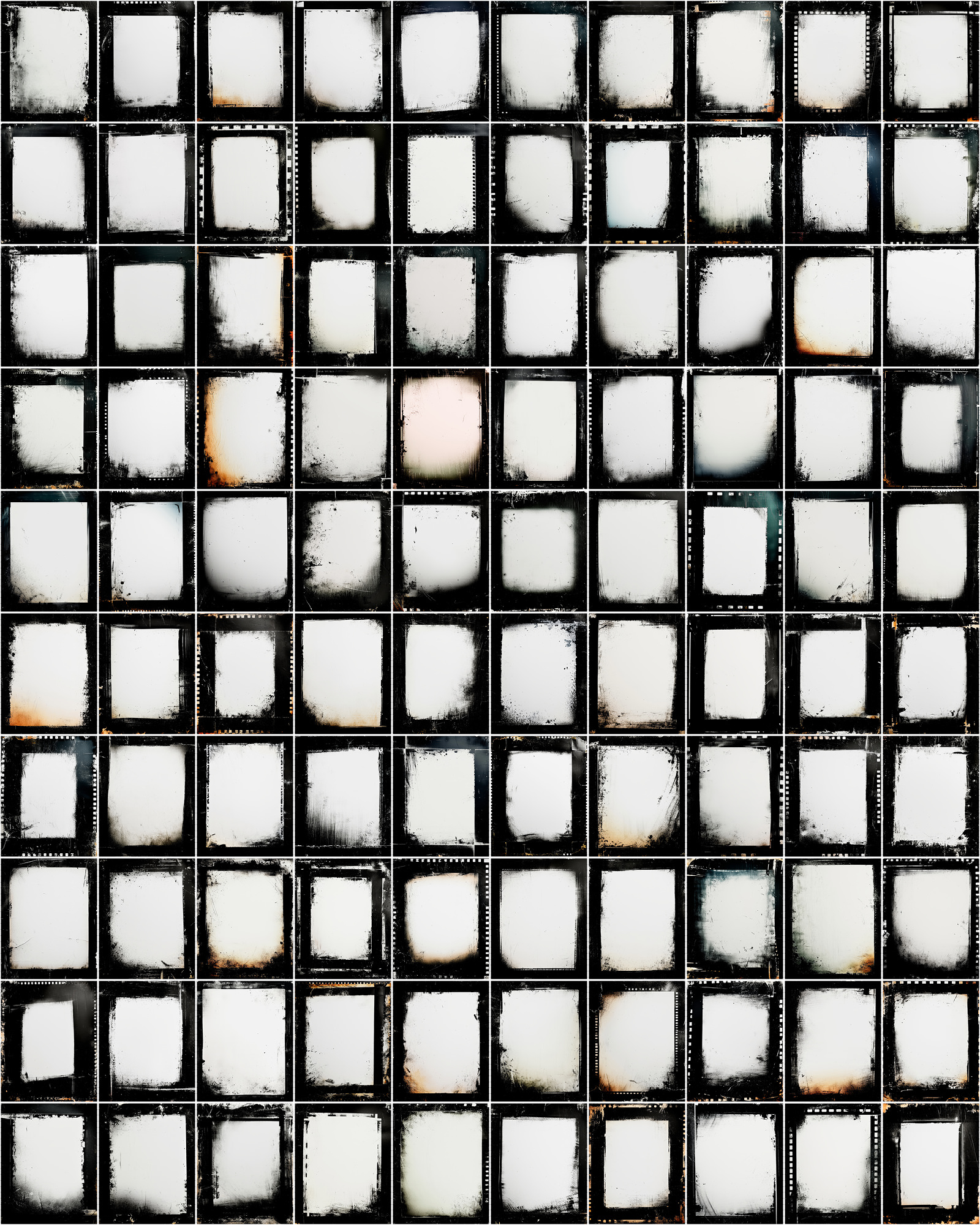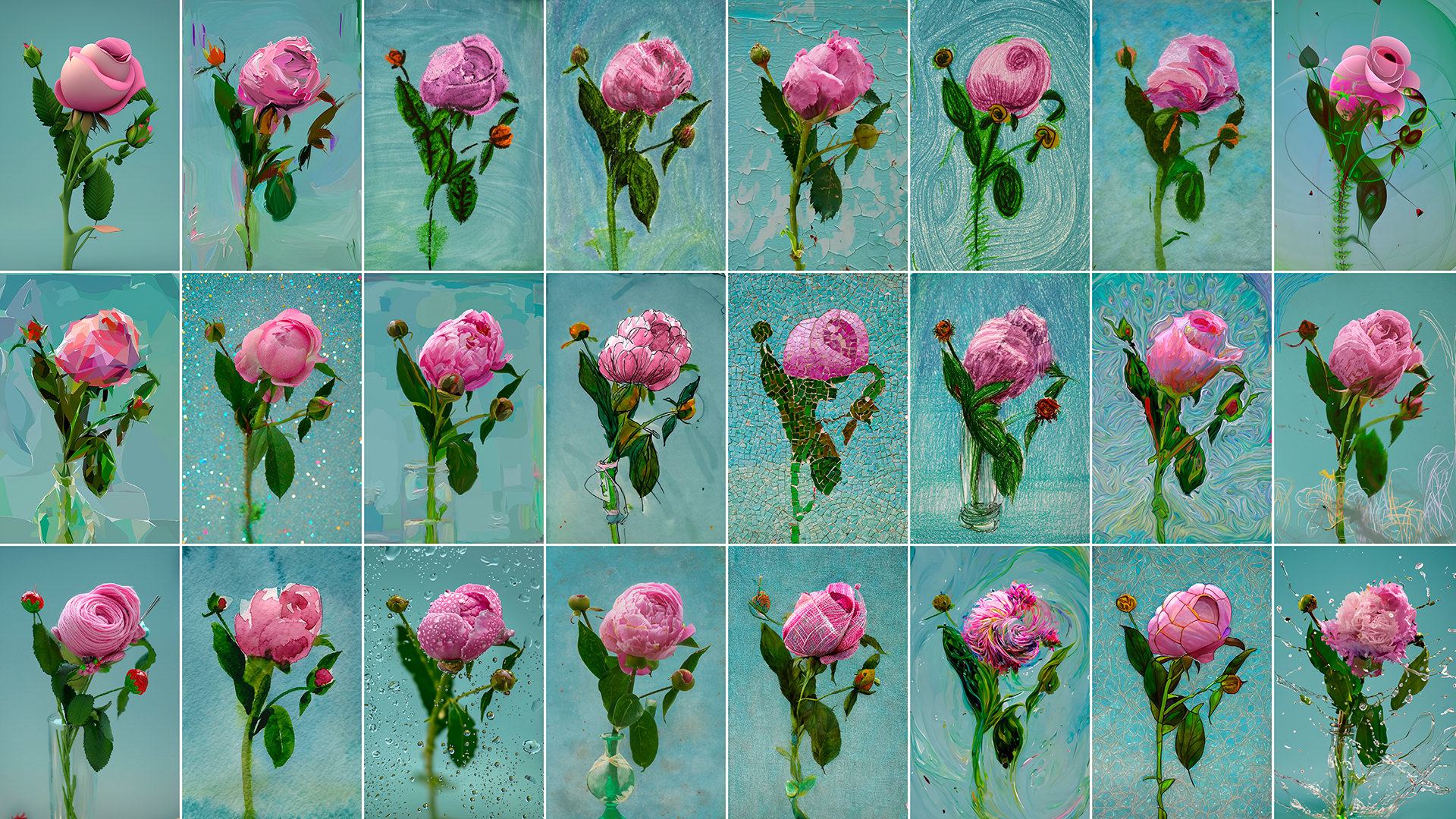A recent blog post of mine showed two different versions of the same dish—one was “styled” and one was cooked to eat (which I did, and it was yummy). I asked my readers which one they liked better, and the majority of the people who initially responded said that they like the styled version better than the food I prepared to eat.
Then, I decided to link the photo through to my blog through foodgawker.com. It seemed to sit at the front page for a good amount of time so I had a lot of traffic coming through, and I can only assume that the people reading and commenting coming from foodgawker were more of the “foodie” and “food blogger” crowd. The comments I started to receive weighed more heavily on favoring the non-styled dish. There were a few people that even seemed angry that I would even think of styling a dish for a photograph (which makes me wonder if they even read the blog post or just looked at the photograph).
FWIW, when I created those dishes the “styled” version was completely cooked, seasoned and 100% food (except for a bit of a boost from underneath the bowl to give the noodles more bulk). All I did in preparation of that dish was to be very careful and deliberate with the cooking and placement of the noodles, beef, etc. in the bowl.
Now, I’m guessing that if I had photographed the “cooked to eat” version and maybe re-positioned some of the items in the bowl and ONLY showed that photo on my blog then it would have looked amazing. Even as-is I think it still looks great. The thing is, I create most of my food photographs to be food photographs. I don’t consider myself a “food blogger” … I do enjoy cooking, but I take my love for cooking and apply it to photography. I style all of my dishes, which sometimes might just mean placing it gently on a plate and setting a fork next to it, or by making the dish look beautiful as any trained chef would do to their finished product (as in the above image in this post). My goal is to create great food photographs that are real food and that other people find in my iStock portfolio and will want to license and use. I earn my income with my photography, after all.
The thing that needs to be understood is that “styling” or “editing” food doesn’t always mean you have to use fake ingredients (like motor oil on pancakes or cereal placed in white glue … yuck!). I tend to be very natural with what I do to style my food (with very few exceptions) and could just as easily prepare the food as I would if I were going to eat it immediately after the shoot (like with the photo in this post, which was very tasty btw). I just prefer to be extremely deliberate with the look of every ingredient that goes on the plate and I want it to look its best. It’s the same when photographing people, which I also have a lot of experience doing. With commercial photography (which is what I do) a photo of a woman with no hair-styling or makeup applied probably wouldn’t sell as much as the exact same photo of a woman who even had a tiny bit of styling and eye makeup on. Beauty is more popular, and it sells.
In the end this is probably going to be one of those issues that many photographers and food bloggers will have very strong opinions about, just like some people do with the “Photoshop vs. Straight out of the Camera” debate (don’t get me started on that one). For me, I’ll continue to style my food so it looks great but will still keep the food natural, real, and will rarely do anything to a dish that you wouldn’t do to food you would eat. I’ll still use some of the food styling “tricks” but I prefer to keep those to a minimum. I want my food to be real food but look great, that’s really the bottom line.
A recent blog post of mine showed two different versions of the same dish—one was “styled” and one was cooked to eat (which I did, and it was yummy). I asked my readers which one they liked better, and the majority of the people who initially responded said that they like the styled version better than the food I prepared to eat.
Then, I decided to link the photo through to my blog through foodgawker.com. It seemed to sit at the front page for a good amount of time so I had a lot of traffic coming through, and I can only assume that the people reading and commenting coming from foodgawker were more of the “foodie” and “food blogger” crowd. The comments I started to receive weighed more heavily on favoring the non-styled dish. There were a few people that even seemed angry that I would even think of styling a dish for a photograph (which makes me wonder if they even read the blog post or just looked at the photograph).
FWIW, when I created those dishes the “styled” version was completely cooked, seasoned and 100% food (except for a bit of a boost from underneath the bowl to give the noodles more bulk). All I did in preparation of that dish was to be very careful and deliberate with the cooking and placement of the noodles, beef, etc. in the bowl.
Now, I’m guessing that if I had photographed the “cooked to eat” version and maybe re-positioned some of the items in the bowl and ONLY showed that photo on my blog then it would have looked amazing. Even as-is I think it still looks great. The thing is, I create most of my food photographs to be food photographs. I don’t consider myself a “food blogger” … I do enjoy cooking, but I take my love for cooking and apply it to photography. I style all of my dishes, which sometimes might just mean placing it gently on a plate and setting a fork next to it, or by making the dish look beautiful as any trained chef would do to their finished product (as in the above image in this post). My goal is to create great food photographs that are real food and that other people find in my iStock portfolio and will want to license and use. I earn my income with my photography, after all.
The thing that needs to be understood is that “styling” or “editing” food doesn’t always mean you have to use fake ingredients (like motor oil on pancakes or cereal placed in white glue … yuck!). I tend to be very natural with what I do to style my food (with very few exceptions) and could just as easily prepare the food as I would if I were going to eat it immediately after the shoot (like with the photo in this post, which was very tasty btw). I just prefer to be extremely deliberate with the look of every ingredient that goes on the plate and I want it to look its best. It’s the same when photographing people, which I also have a lot of experience doing. With commercial photography (which is what I do) a photo of a woman with no hair-styling or makeup applied probably wouldn’t sell as much as the exact same photo of a woman who even had a tiny bit of styling and eye makeup on. Beauty is more popular, and it sells.
In the end this is probably going to be one of those issues that many photographers and food bloggers will have very strong opinions about, just like some people do with the “Photoshop vs. Straight out of the Camera” debate (don’t get me started on that one). For me, I’ll continue to style my food so it looks great but will still keep the food natural, real, and will rarely do anything to a dish that you wouldn’t do to food you would eat. I’ll still use some of the food styling “tricks” but I prefer to keep those to a minimum. I want my food to be real food but look great, that’s really the bottom line.

Nicole is a photographer, published author, and educator specializing in Lightroom, Photoshop, and photography. She is best known for her books on food photography but is widely versed in various photographic genres, including landscape, nature, stock, travel, and experimental imagery.













Nicole I’m with you I don’t mind styling the food but don’t mind making sure everything looks pretty. I just don’t like when people use Motor Oil in place of syrup or and Vegetable shorting for ice cream.
Keep it real and let the food do the rest.
Why the debate? This is just like telling people to “say cheese”… (pun intended). Or putting on makeup, or dressing nicely, etc.
I really didn’t understand the debate. You asked, “Which photograph did you like?” and that’s all it was about.
I’m a food blogger and I photograph what I cook and we eat. I don’t see anything wrong with filling the bottom of the bowl with something so that food can be styled, though I personally draw the line at stuff like motor oil and the rest.
But I understand professional photographers doing all that because their clients demand it.
Let’s face it, beautiful photographs of well styled and propped food on blogs, food sites, magazines, etc do appeal to us visually. What else justifies the traffic at Foodgawker/ Tastespotting and food magazines like Saveur, Food & Wine,etc. apart from the recipes/ articles?
When I read the first St, I wondered whether people might have reacted differently to the photos if you didn’t tell them which one was styled. I actually like the unstyled one in many ways, but felt the placement of some of the components in the bowl could have been slightly improved to create a nicer composition.
So why not do a test in a future post where you present a styled versus unstyled version and don’t tell us which is which?